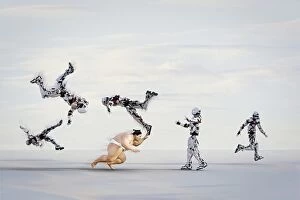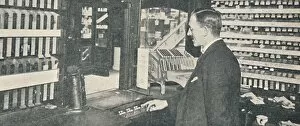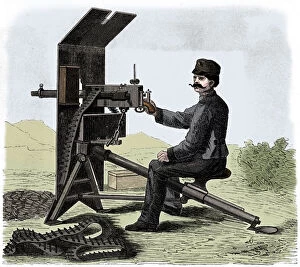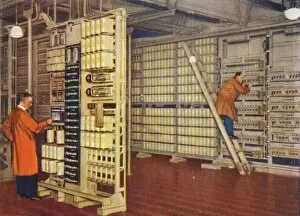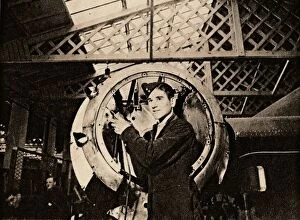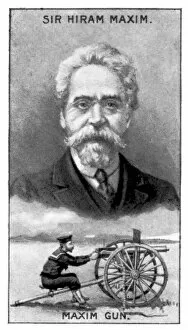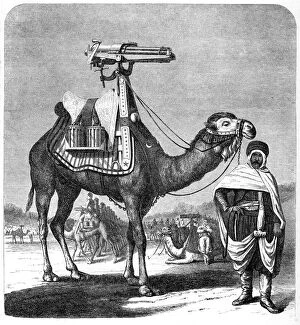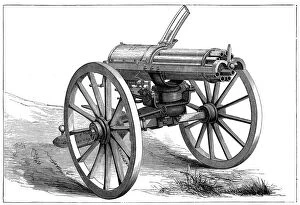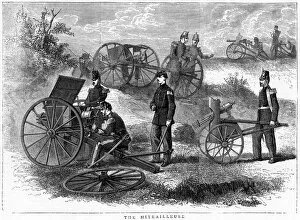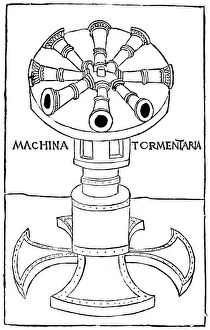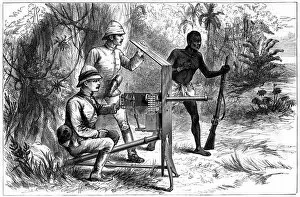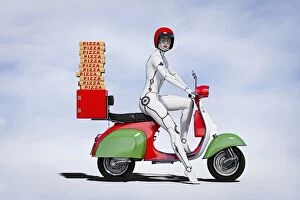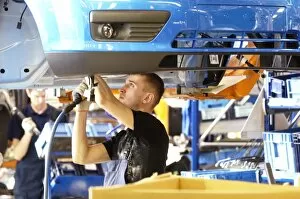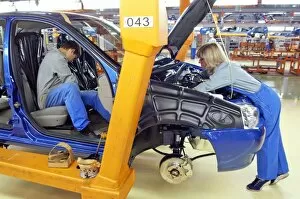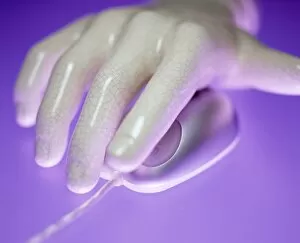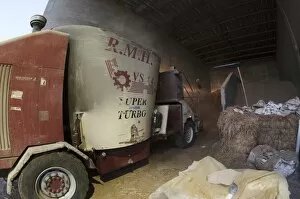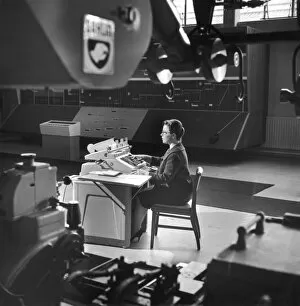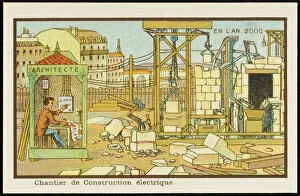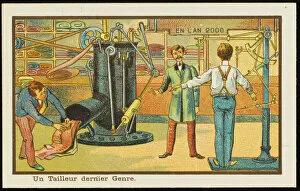Automation Collection (#3)
"From Sewing Machines to Subway Systems: A Journey through Automation" The Improved Lady's Own Sewing Machine revolutionized the way women created garments
For sale as Licensed Images
Choose your image, Select your licence and Download the media
"From Sewing Machines to Subway Systems: A Journey through Automation" The Improved Lady's Own Sewing Machine revolutionized the way women created garments, showcasing the early stages in the textile industry. Tokyo Subway: Witness how automation transformed transportation systems, making commuting faster and more efficient for millions of people. Step into the Interior of a Power-Loom factory in 1844, where unknown creators laid the foundation for industrial automation that would shape future manufacturing processes. Kayser Bondor, Pentrebach & Dowlais, Merthyr Tydfil, Wales - May 6th, 1964: Explore how automated machinery propelled productivity and innovation in Welsh industries during this significant day. Automatic Train Stop - an invention from 1922 whose creator remains unknown - marked a milestone in railway safety by introducing automated mechanisms that prevented accidents. William Heath Robinson's whimsical illustration showcases a card shuffler designed to automate mundane tasks while adding a touch of creativity to everyday life. Experience convenience at its finest with New Superloos in Hall Street, St Helens on February 23rd, 1988 – an example of how automation improved public facilities and enhanced hygiene standards. McVitie & Price Biscuit Factory witnessed remarkable advancements on February 15th, 1966 when automation streamlined production processes and increased biscuit output like never before. Jack Delano's photograph captures an automatic dumper at the Co-op Orange Packing Plant in Redlands (1943), highlighting how machines simplified labor-intensive tasks and boosted efficiency during wartime efforts. Dorothea Lange's lens transports us to Kern County (1939) where mechanized farming techniques such as potato planters revolutionized agriculture by increasing crop yields through automated planting methods.


